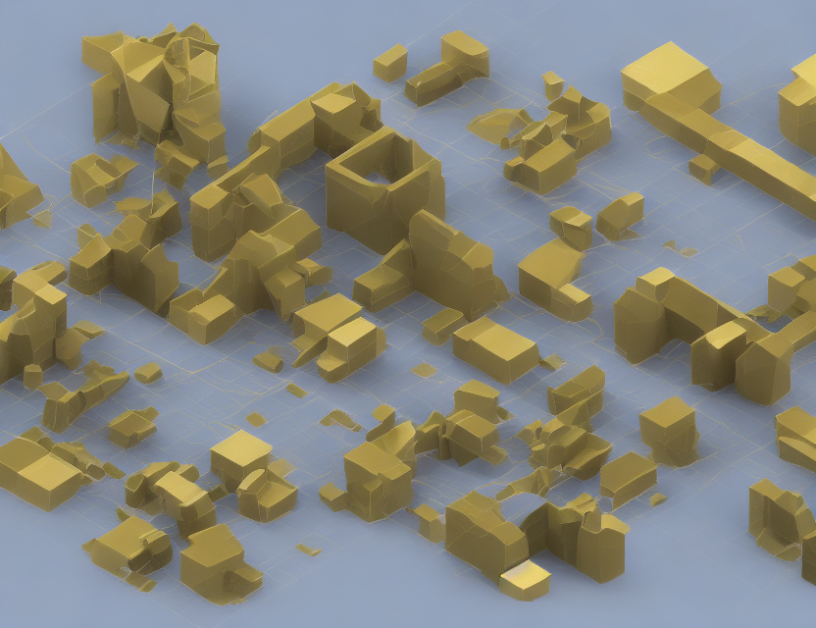In this article, the authors propose a novel approach to training reduced order models (ROMs) for linear dynamical systems. Traditional ROM methods require the explicit solution of the full system dynamics in the offline stage, which can be computationally expensive. The proposed method instead leverages the power of deep learning to efficiently train ROMs through an online process.
The authors introduce a physics-informed neural network (PINN) architecture that consists of encoders and decoders. The encoders map the high-dimensional state space of the system into a lower-dimensional latent space, while the decoders reconstruct the original state space from this latent space. By optimizing the PINN architecture with respect to the system dynamics, the authors are able to learn an efficient reduced order model that accurately approximates the behavior of the full system.
The key insight behind this approach is the use of shallow networks, which enable computational efficiency without sacrificing too much expressiveness. The authors demonstrate the effectiveness of their method through several numerical experiments on different benchmark systems, achieving accurate reductions in both space and time.
To train the PINN model, the authors use a dataset generated by solving the system dynamics at multiple points in the state space. They show that this approach allows for efficient training of ROMs without requiring explicit solutions to the full system dynamics. The proposed method can be applied to various nonlinear systems and is shown to be particularly useful when dealing with complex or high-dimensional systems.
In summary, the authors present a novel approach to training reduced order models for linear dynamical systems that leverages deep learning techniques. By using shallow networks and optimizing the PINN architecture with respect to the system dynamics, they are able to efficiently train accurate ROMs without requiring explicit solutions to the full system. This work has important implications for applications where computational efficiency is a key consideration, such as in control systems or optimization problems.
Mathematics, Numerical Analysis
Reduced Basis Element Methods for Nonlinear Dynamical Systems: A Survey



